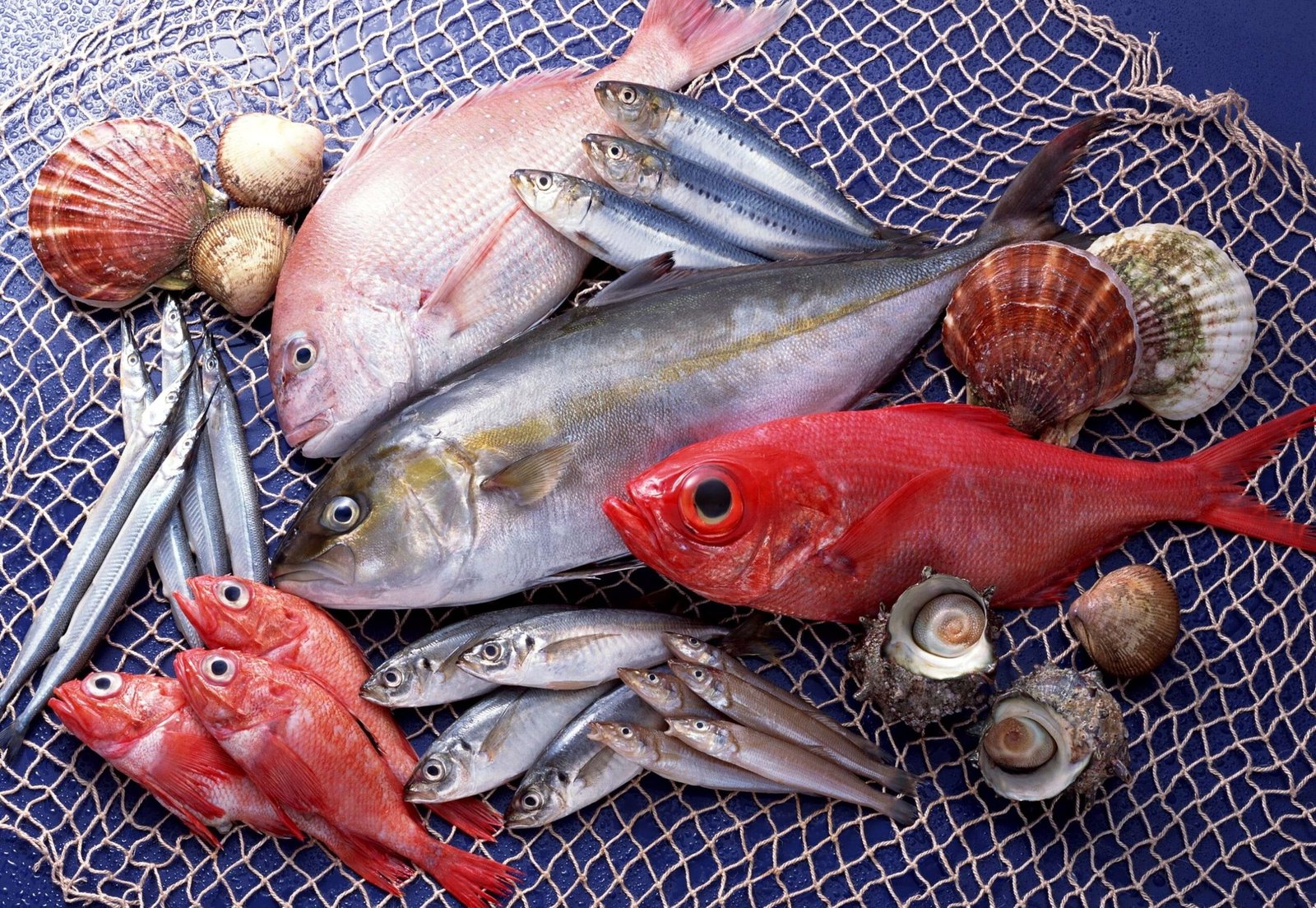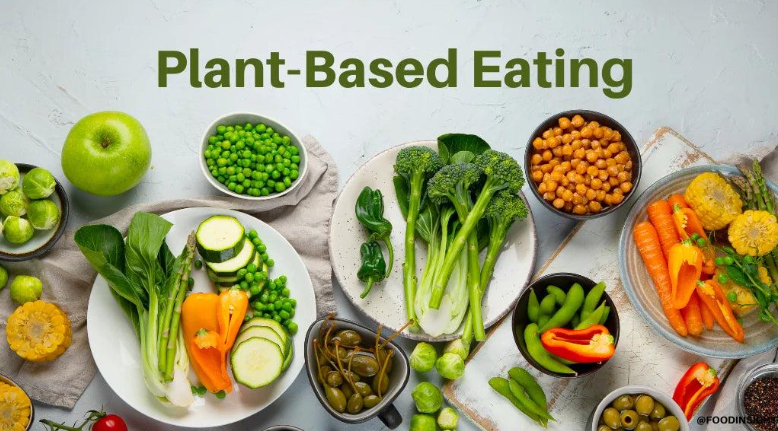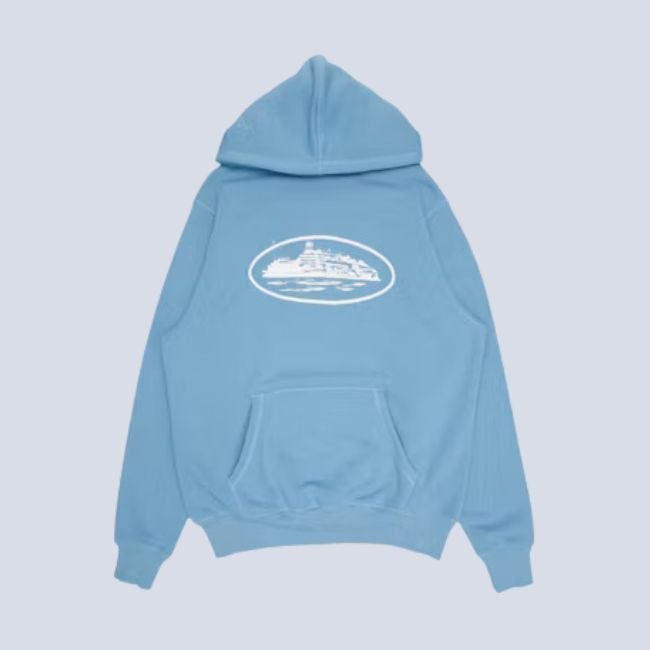The oceans are the lifeblood of our planet. They regulate climate, provide food, and support an incredible diversity of life. Yet, overfishing and harmful practices have pushed marine ecosystems to the brink. Now more than ever, we need innovative and responsible approaches to fishing that ensure the long-term health of our seas.
That’s where Sustainable Fisheries come in. These practices are designed to meet our seafood needs without compromising the future of marine species or damaging their habitats. They strike a delicate balance between harvest and conservation—between feeding today’s population and safeguarding tomorrow’s oceans.
But sustainable fishing isn’t just a buzzword. It’s a science-backed, community-driven movement that’s reshaping how we interact with the sea. From selective gear to low-impact techniques, these methods not only preserve marine biodiversity but also empower coastal communities and boost economic resilience.
In this article, we’ll dive into the top sustainable fishing methods that are making waves for all the right reasons—methods that protect marine life, reduce bycatch, and respect the natural rhythm of the ocean. If you’re passionate about protecting our blue planet, keep reading.
1. Pole and Line Fishing: Precision with Purpose
Pole and line fishing is one of the most eco-friendly fishing techniques in existence. It’s exactly what it sounds like—fishermen use a single fishing pole and baited line to catch individual fish, usually tuna or mackerel.
What makes this method stand out is its incredible precision. Because each fish is caught one at a time, there’s virtually no bycatch (accidental capture of non-target species like turtles or dolphins), and no damage to the surrounding habitat. Unlike trawlers that drag heavy nets across the seafloor, pole and line fishing respects the ocean’s natural structure.
Additionally, this method supports small-scale, local fisheries. In many coastal regions, it provides vital employment and income opportunities while keeping marine populations stable.
Pole and line fishing is proof that sustainable doesn’t have to mean less productive. When done properly, it delivers high-quality seafood with minimal environmental impact—exactly the kind of practice Sustainable Fisheries aim to promote.
2. Purse Seining with FAD-Free Nets
Purse seining is a widely used fishing technique, especially for catching large schools of fish like sardines or skipjack tuna. Traditional purse seining involves encircling a school with a net and then “pursing” the bottom closed like a drawstring bag.
However, when paired with Fish Aggregating Devices (FADs), this method can unintentionally catch endangered species and juvenile fish. The sustainable alternative? FAD-free purse seining.
This approach involves locating fish naturally, without artificial devices. It requires more skill and patience, but it dramatically reduces bycatch and ensures that fish are caught at a mature, reproductive age—an important factor for long-term population health.
By avoiding FADs, fisheries reduce their environmental footprint and avoid disrupting the natural movements of marine species. It’s a smart compromise between efficiency and sustainability.
3. Trap and Pot Fishing: Gentle and Selective
Trap and pot fishing is commonly used for catching shellfish like crabs, lobsters, and some species of fish. These methods use baited cages that rest on the seafloor, luring in the target catch while leaving most other creatures alone.
The benefits are significant. First, they cause minimal habitat destruction. The traps don’t drag or dig into sensitive areas like coral reefs or seagrass beds. Second, bycatch is limited and usually still alive, meaning unwanted catch can often be safely released.
In well-regulated fisheries, escape panels are added to allow undersized species to exit the trap, ensuring that only mature specimens are harvested. This helps maintain healthy populations and reduce pressure on young or breeding individuals.
Trap and pot fishing, when managed properly, aligns perfectly with the values of Sustainable Fisheries: selective, respectful, and resource-conscious.
4. Trolling: A Moving Method That Minimizes Harm
Trolling involves dragging baited fishing lines behind a slowly moving boat. Unlike trawling, which can devastate ocean floors, trolling keeps the gear above ground and targets surface-dwelling fish like mahi-mahi or tuna.
What sets trolling apart is its high selectivity. Fish that aren’t the intended target can often be released unharmed, thanks to the individual hooks and slower speed of the vessel. This method dramatically reduces bycatch and eliminates habitat destruction altogether.
Trolling also tends to produce higher-quality fish, as they’re handled individually rather than squashed in bulk nets. It’s a small-scale approach that delivers big sustainability wins.
5. Handline Fishing: Traditional and Timeless
Handline fishing is a simple yet powerful method that’s been used for centuries. Fishermen use a single fishing line held by hand, with one or more baited hooks. The method is slow and requires skill, but it’s incredibly low-impact.
Because the fisherman controls every aspect—from baiting to reeling—it virtually eliminates bycatch and damage to other marine species. It’s often used in coral reef environments where precision is essential, and heavy gear would cause irreversible damage.
Handline fishing supports local economies and keeps traditional knowledge alive, while also being one of the most responsible fishing methods out there. It shows how old wisdom still has a place in modern Sustainable Fisheries.
6. Spearfishing: When Conservation Meets Skill
Spearfishing is perhaps the most selective fishing method. Divers target specific fish using spears or spear guns, often while free diving. It requires sharp focus, skill, and a deep understanding of the marine environment.
Because the diver chooses each fish individually, there’s no bycatch, no habitat destruction, and minimal waste. Spearfishing encourages sustainable harvest by targeting mature fish and avoiding endangered species.
While not suitable for large-scale operations, spearfishing is a fantastic example of how small-scale methods can align perfectly with conservation goals. In many coastal communities, it remains a vital way of life—and a powerful demonstration of how humans can harvest from the sea without harming it.
Conclusion: A Sustainable Future Beneath the Waves
Protecting marine life doesn’t mean halting seafood production. It means fishing smarter, not harder. The methods we’ve explored—pole and line, FAD-free purse seining, pot fishing, trolling, handlining, and spearfishing—offer a blueprint for Sustainable Fisheries that work with nature, not against it.
At Friend of the Sea, our mission is to certify and promote these responsible practices, helping consumers make informed choices that support the ocean’s health. The power to protect marine life is in your hands—on your plate, in your purchase decisions, and in your voice.
By supporting sustainable fishing methods, you’re not just helping the ocean recover—you’re investing in a better future for communities, ecosystems, and generations to come.
Explore more solutions and get involved at Friend of the Sea.















Leave a Reply